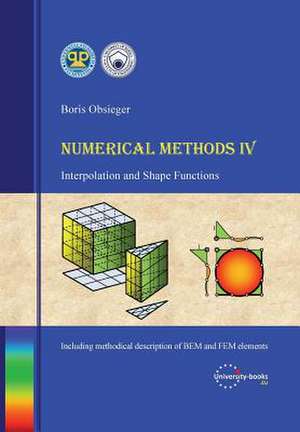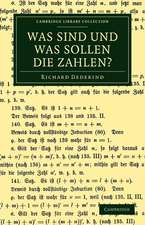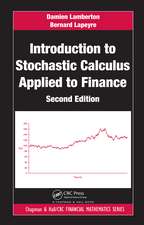Numerical Methods IV - Interpolation and Shape Functions
Autor Boris Obsiegeren Limba Engleză Paperback – 28 mar 2015
Preț: 443.43 lei
Preț vechi: 547.44 lei
-19% Nou
Puncte Express: 665
Preț estimativ în valută:
84.86€ • 88.09$ • 70.76£
84.86€ • 88.09$ • 70.76£
Carte tipărită la comandă
Livrare economică 18-24 martie
Preluare comenzi: 021 569.72.76
Specificații
ISBN-13: 9789537919160
ISBN-10: 9537919161
Pagini: 272
Dimensiuni: 170 x 244 x 17 mm
Greutate: 0.59 kg
Editura: Boris Obsieger
ISBN-10: 9537919161
Pagini: 272
Dimensiuni: 170 x 244 x 17 mm
Greutate: 0.59 kg
Editura: Boris Obsieger








